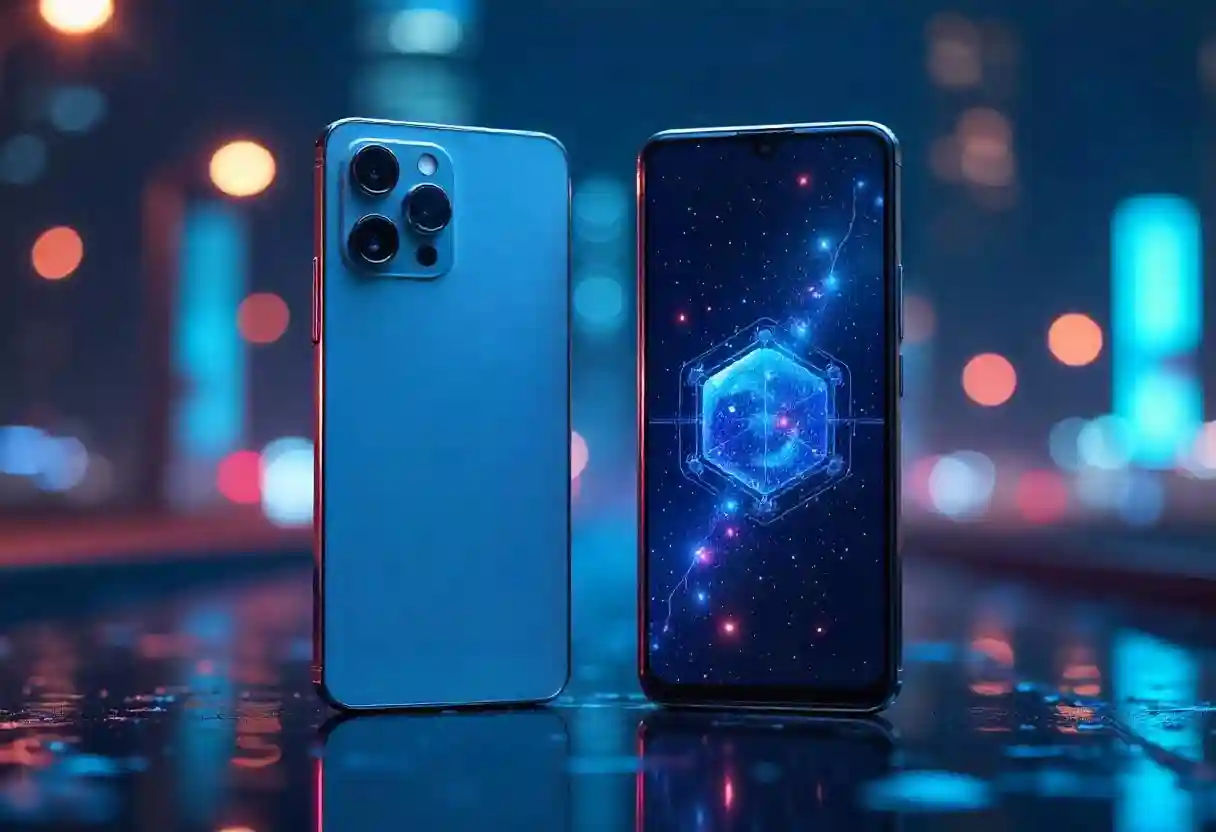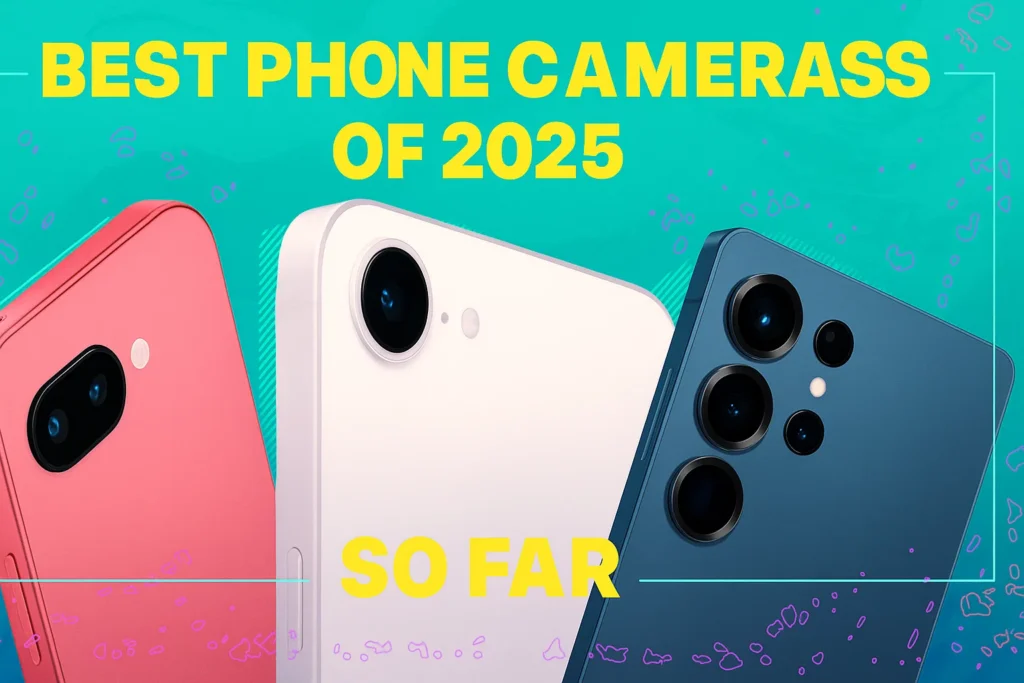Smartphone design reached a plateau in 2024 as AI-driven innovation took center stage, transforming user experiences beyond hardware upgrades. With minimal changes in physical aesthetics, manufacturers shifted focus to integrating cutting-edge AI features, such as personalized assistants, advanced camera algorithms, and seamless real-time translations. The emphasis on software evolution highlighted the industry’s pivot toward functionality over form, redefining consumer expectations.
Why Has Smartphone Design Stagnated?
For years, consumers have looked forward to each new smartphone release, expecting sleeker designs and groundbreaking features. However, 2024 brought a different narrative. Samsung’s Galaxy S24 Ultra retained the look of its predecessor but adopted sharper edges. Apple’s iPhone 16 Pro barely distinguished itself from the iPhone 15 Pro, even from the back. The Google Pixel 9 Pro introduced minor changes, such as a revamped camera bar, but otherwise mimicked design elements from competitors.
Instead of pushing the boundaries of physical design, these companies have directed their resources toward enhancing AI integration. The AI-powered systems now take center stage, with promises of predictive computing and improved user experiences. But this shift raises a critical question: Is AI worth sacrificing innovation in design?
The Meteoric Rise of AI in Smartphones
Samsung set the tone for 2024 with the introduction of Galaxy AI. Its standout feature, Circle to Search, quickly became a fan favorite, surpassing expectations even before Android 15 entered developer preview. Samsung and Google’s collaboration at the Galaxy S24 launch reinforced the message that Android’s future lies in AI.
Google amplified this message with regular Pixel Drops throughout the year. Features like Call Screen and Gemini extensions showcased AI’s ability to enhance functionality. However, this transformation was not without challenges. The Gemini beta rollout caused compatibility issues with existing Google Assistant-enabled devices, illustrating the growing pains of integrating AI into smartphone ecosystems.
Even Apple, known for its cautious approach, embraced AI. At WWDC, the company unveiled Apple Intelligence—its branded take on AI technology. While Apple Intelligence boasts advanced features, it still relies on external tools like ChatGPT for complex tasks, signaling a transition phase for Cupertino’s AI ambitions.
The Cost of AI-Centric Smartphones
The shift toward AI-driven smartphones comes with tangible trade-offs. Image generation tools, such as Image Playground on iOS and Pixel Studio on Pixel devices, reflect this trend. While these features enhance photo editing capabilities, they rely heavily on AI and cloud resources, demanding significant memory and power. As a result, devices now feature up to 16GB of RAM to support these tasks.
Unfortunately, these advancements come at a price. Manufacturing costs have risen, leading to higher retail prices for flagship models. The reliance on AI also raises concerns about battery life and device longevity. Smartphones now need larger batteries to support resource-intensive AI tasks, potentially compromising the slim profiles consumers have come to expect.
What Lies Ahead for Smartphone Design?
Despite the challenges, manufacturers are unlikely to abandon sleek designs entirely. Rumors suggest that 2025’s devices, such as the iPhone 17 and Galaxy S25 Ultra, may even be thinner than their predecessors. Samsung’s foldables might expand in size to cater to a broader audience, indicating that there’s still room for design innovation.
The real test will be balancing AI advancements with user expectations. Will consumers accept bulkier devices in exchange for better performance? Or will manufacturers find innovative ways to integrate AI without sacrificing design?
Conclusion
In 2024, smartphone design reached a plateau as AI took center stage. While this shift promises exciting advancements, it also highlights the industry’s struggle to balance innovation with practicality. As we look toward 2025, the question remains: Can the industry find a way to harmonize AI’s potential with the aesthetic and functional qualities that users value? Only time will tell.





